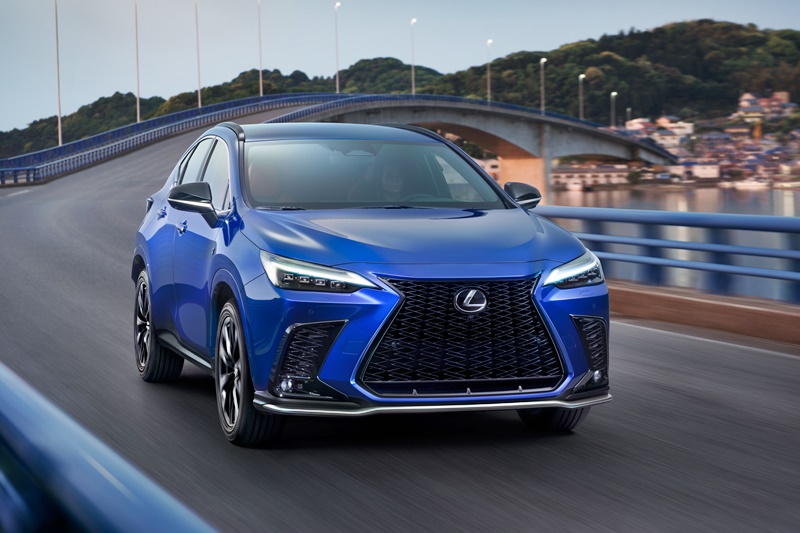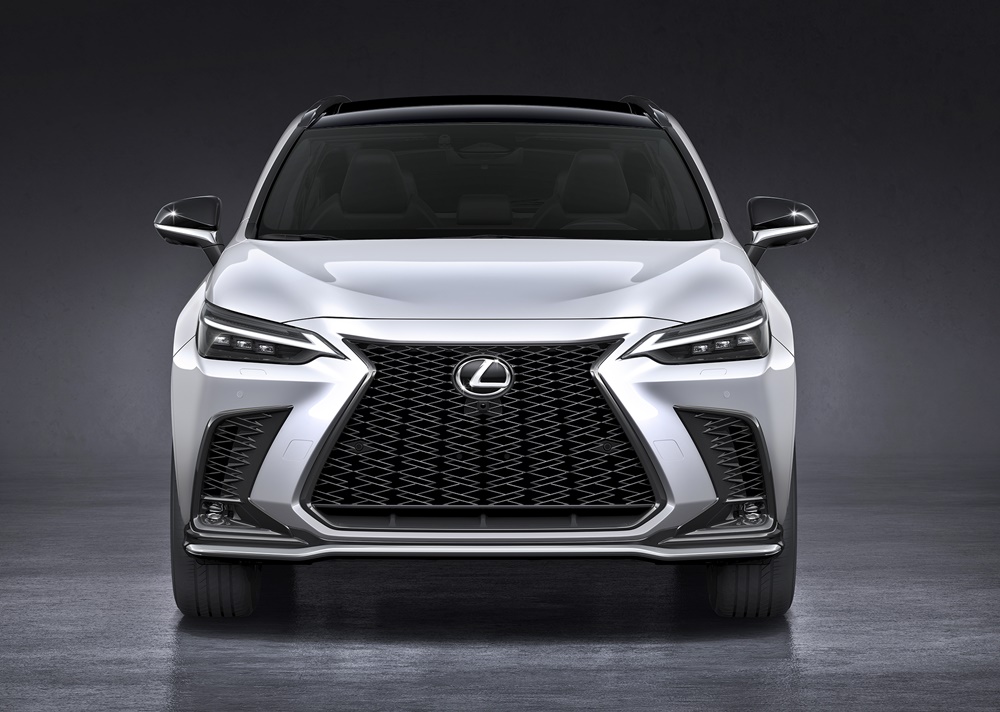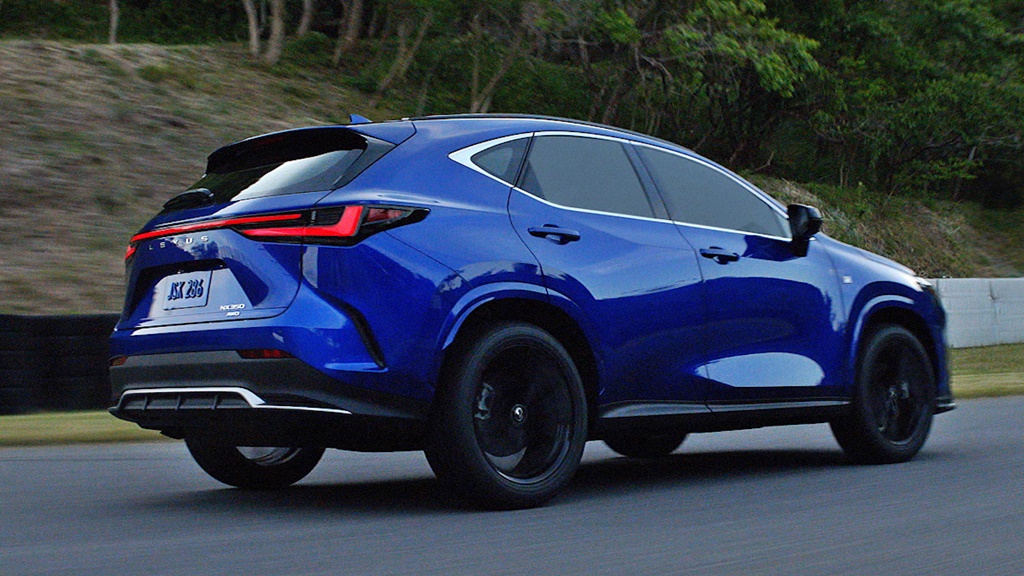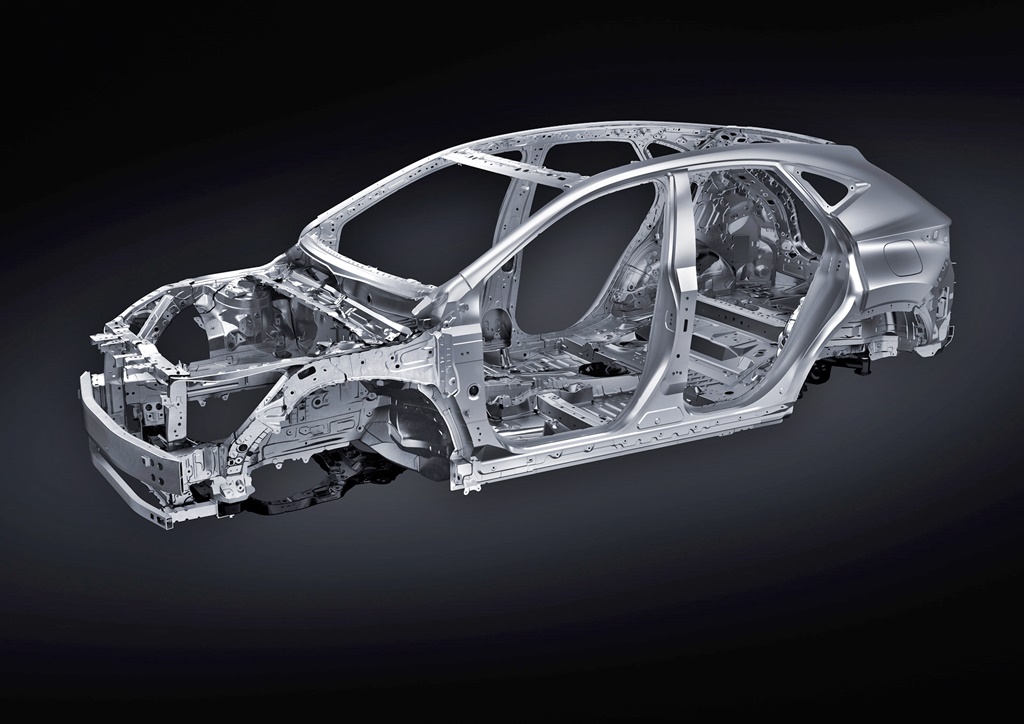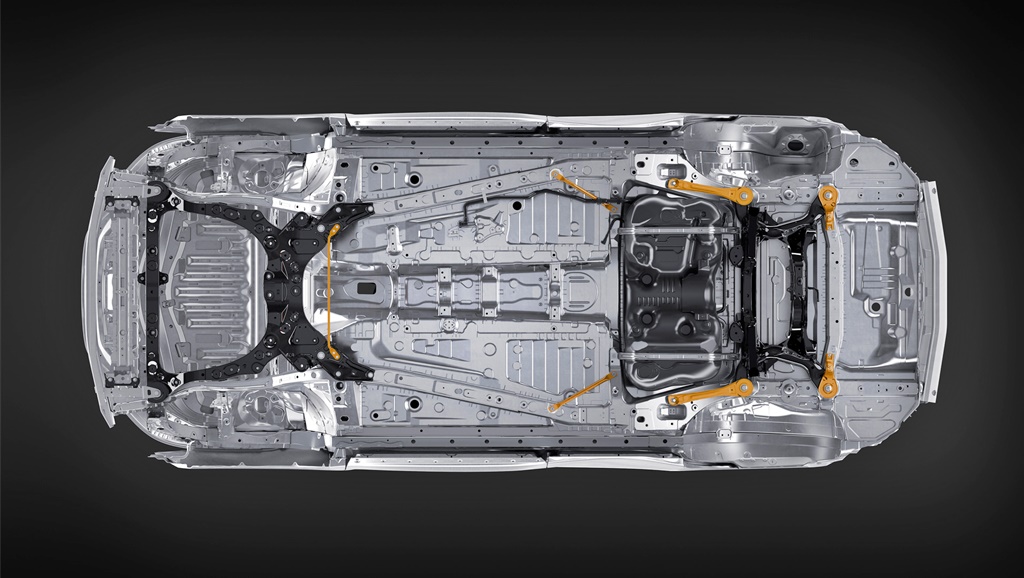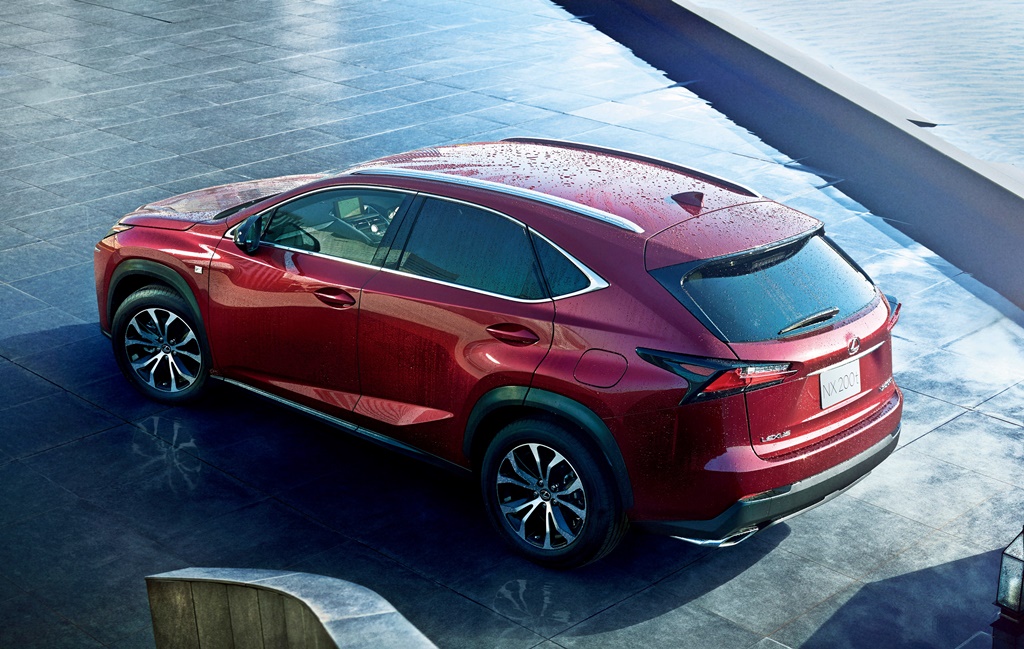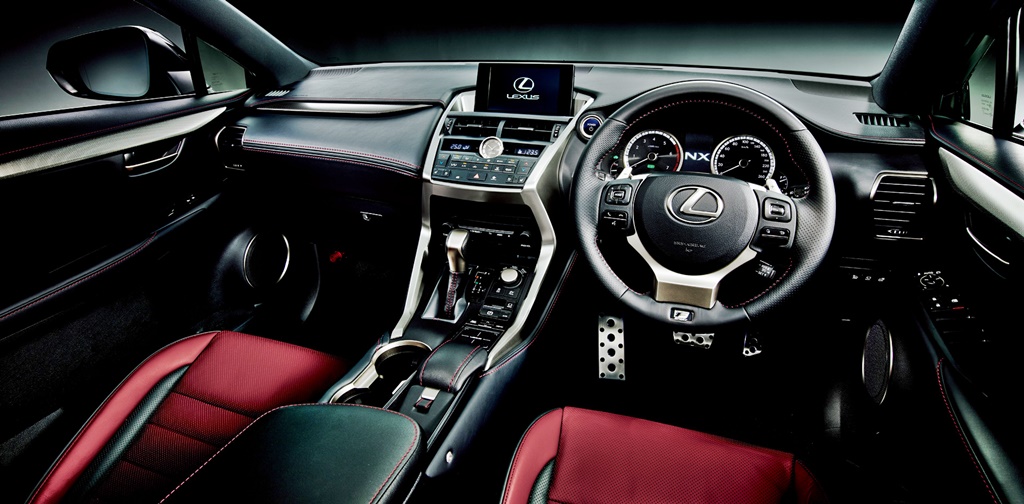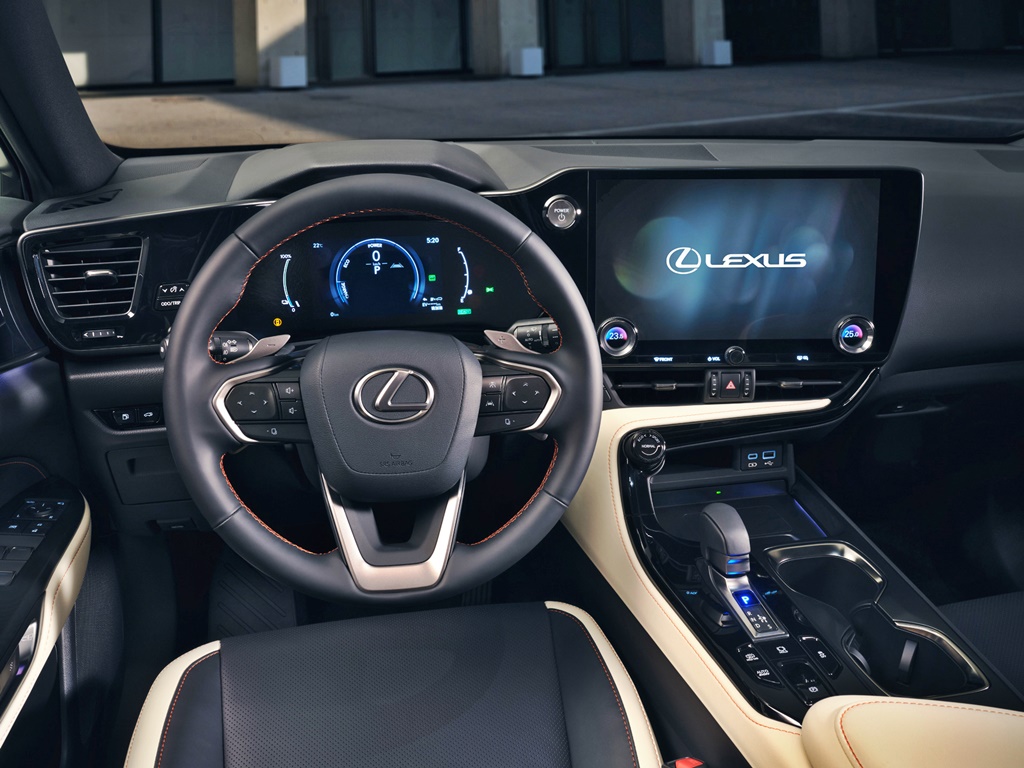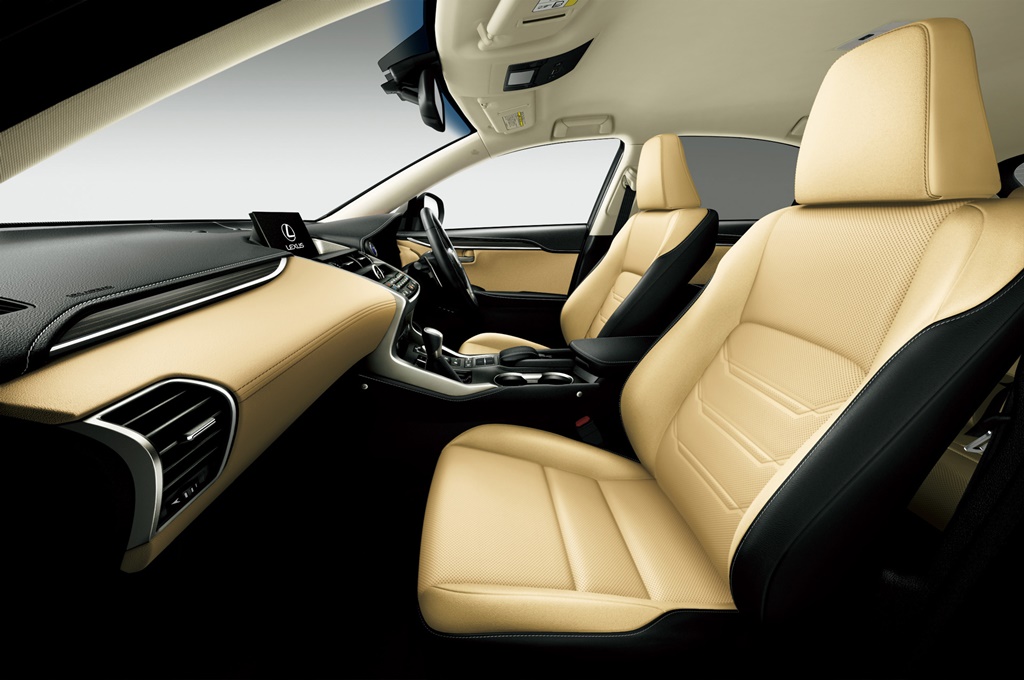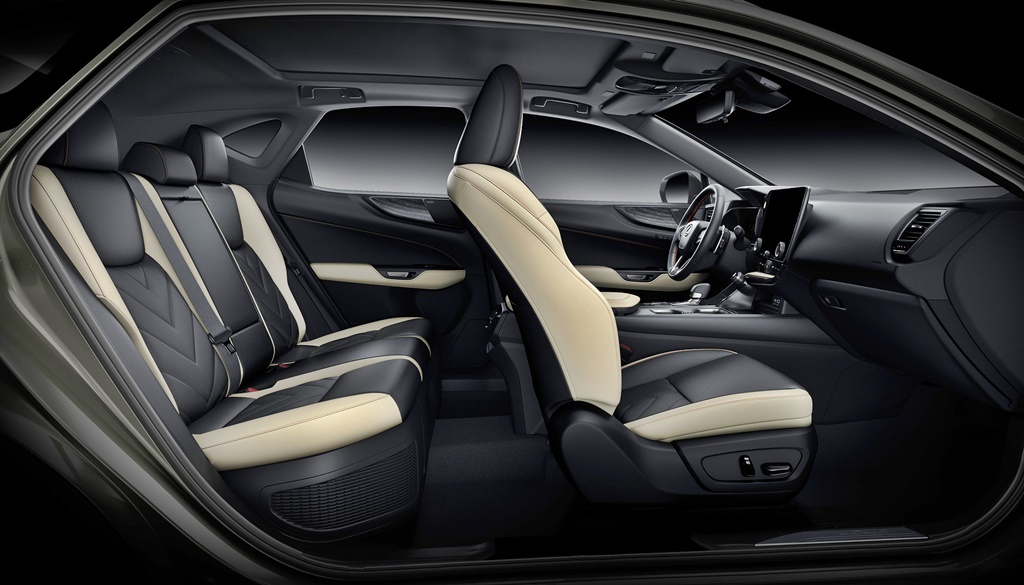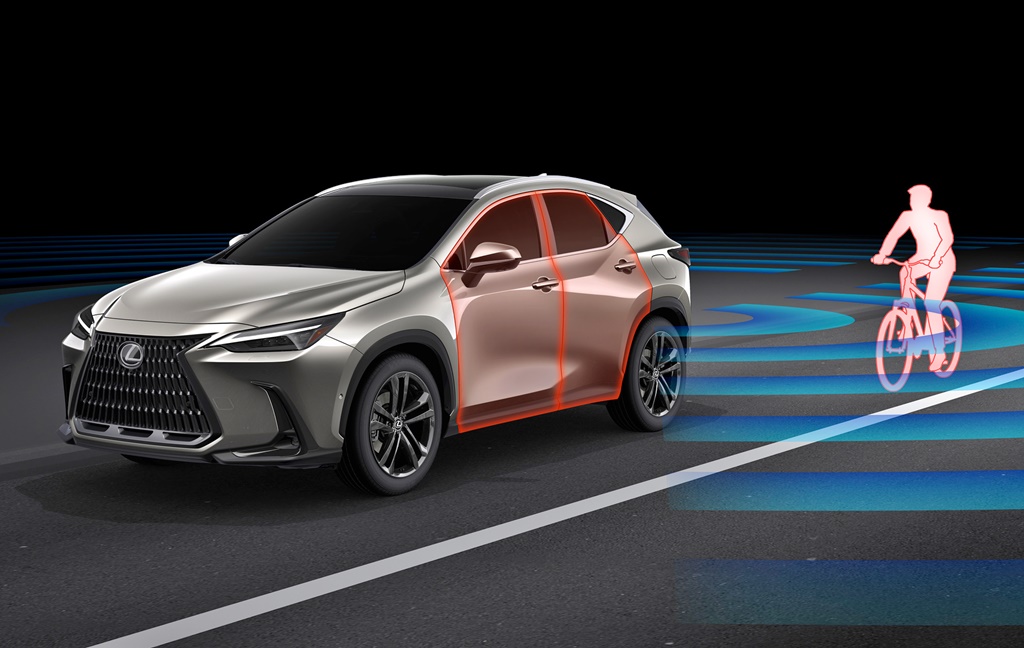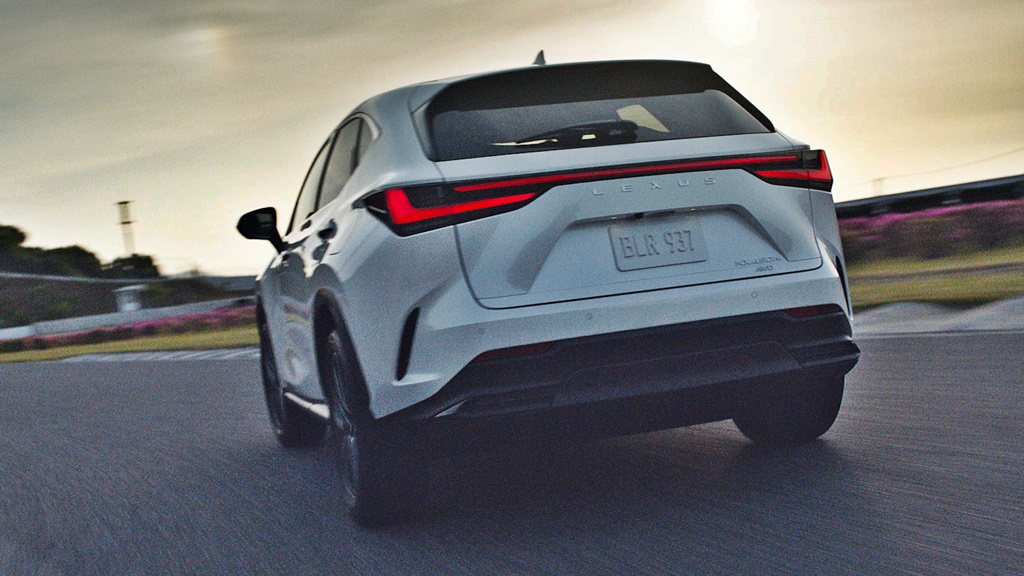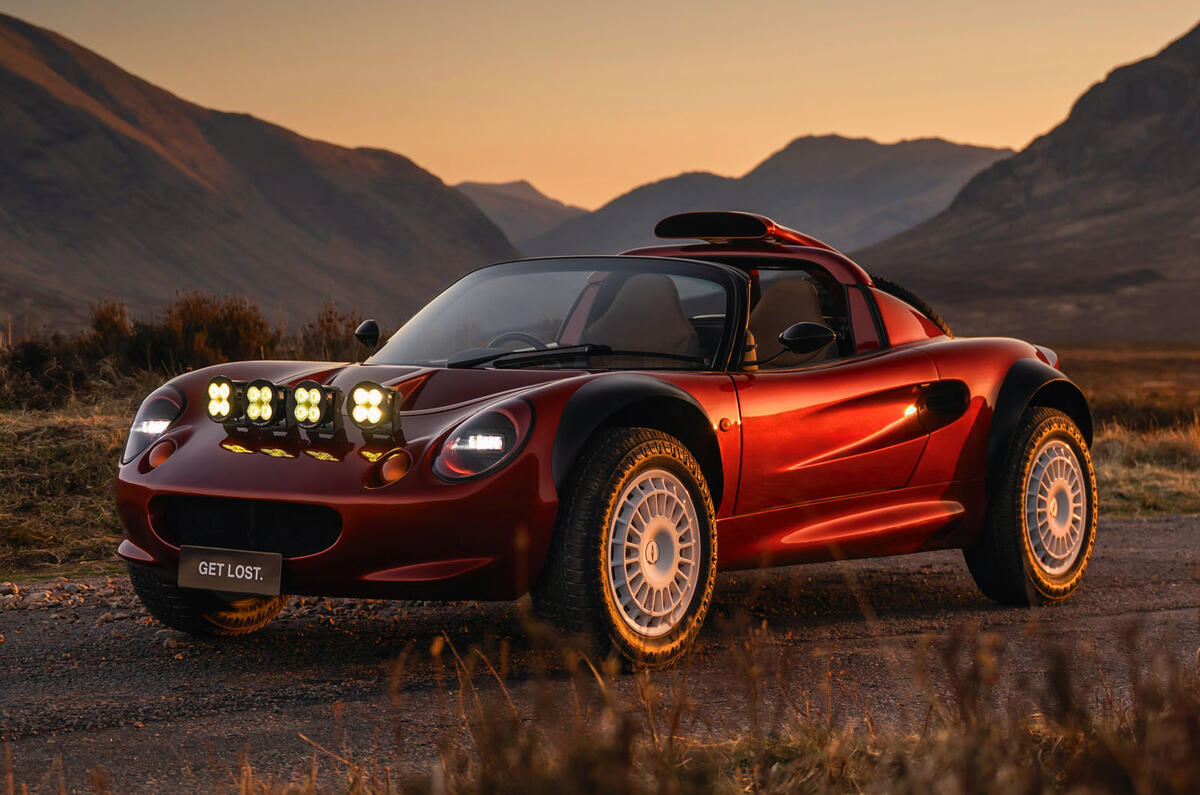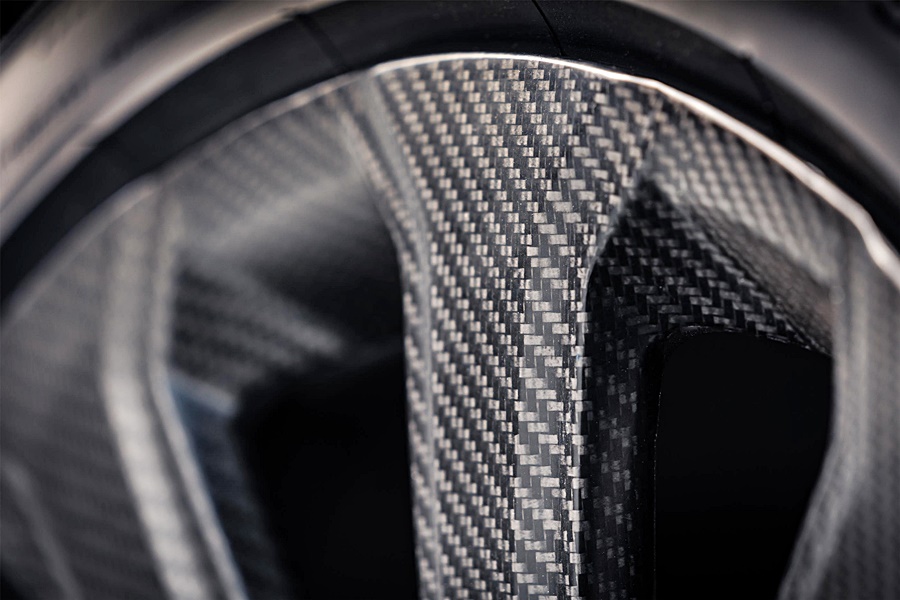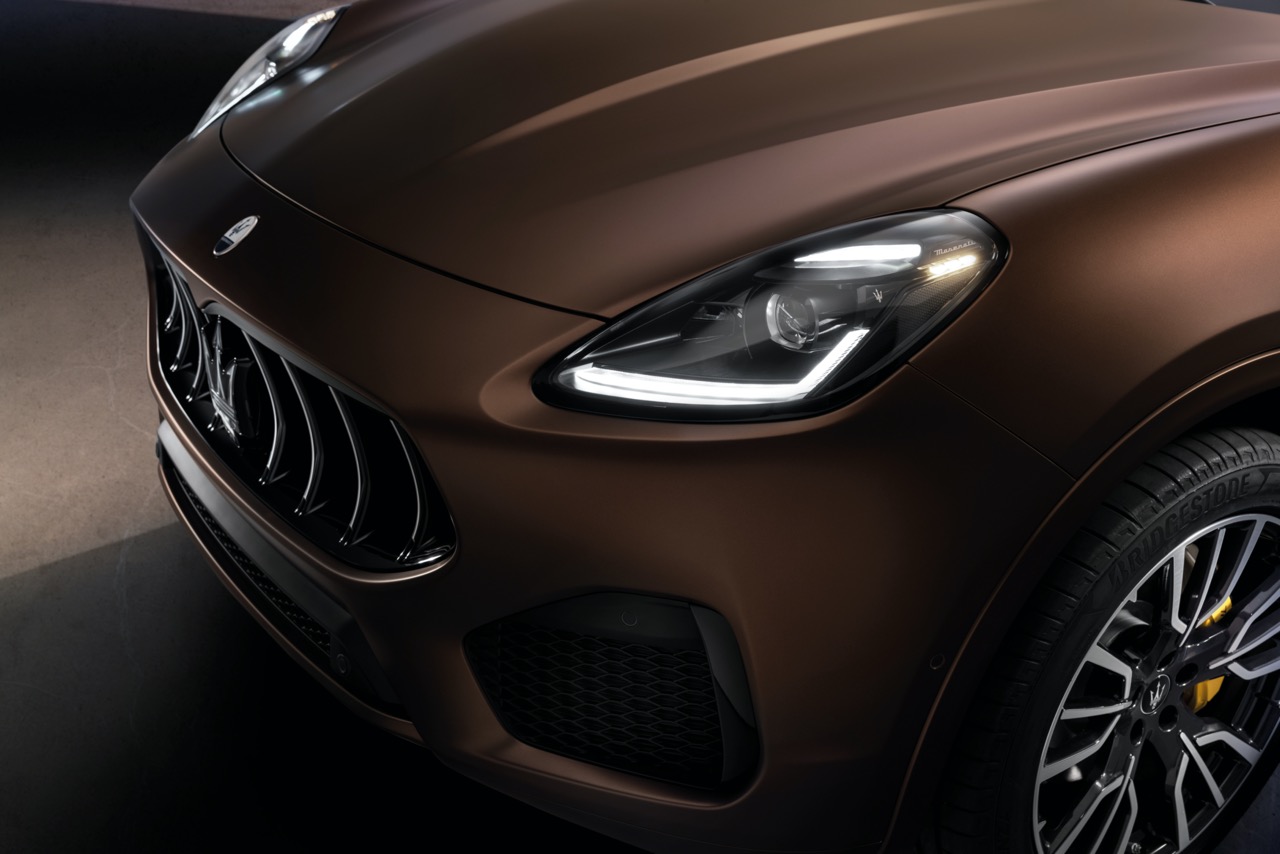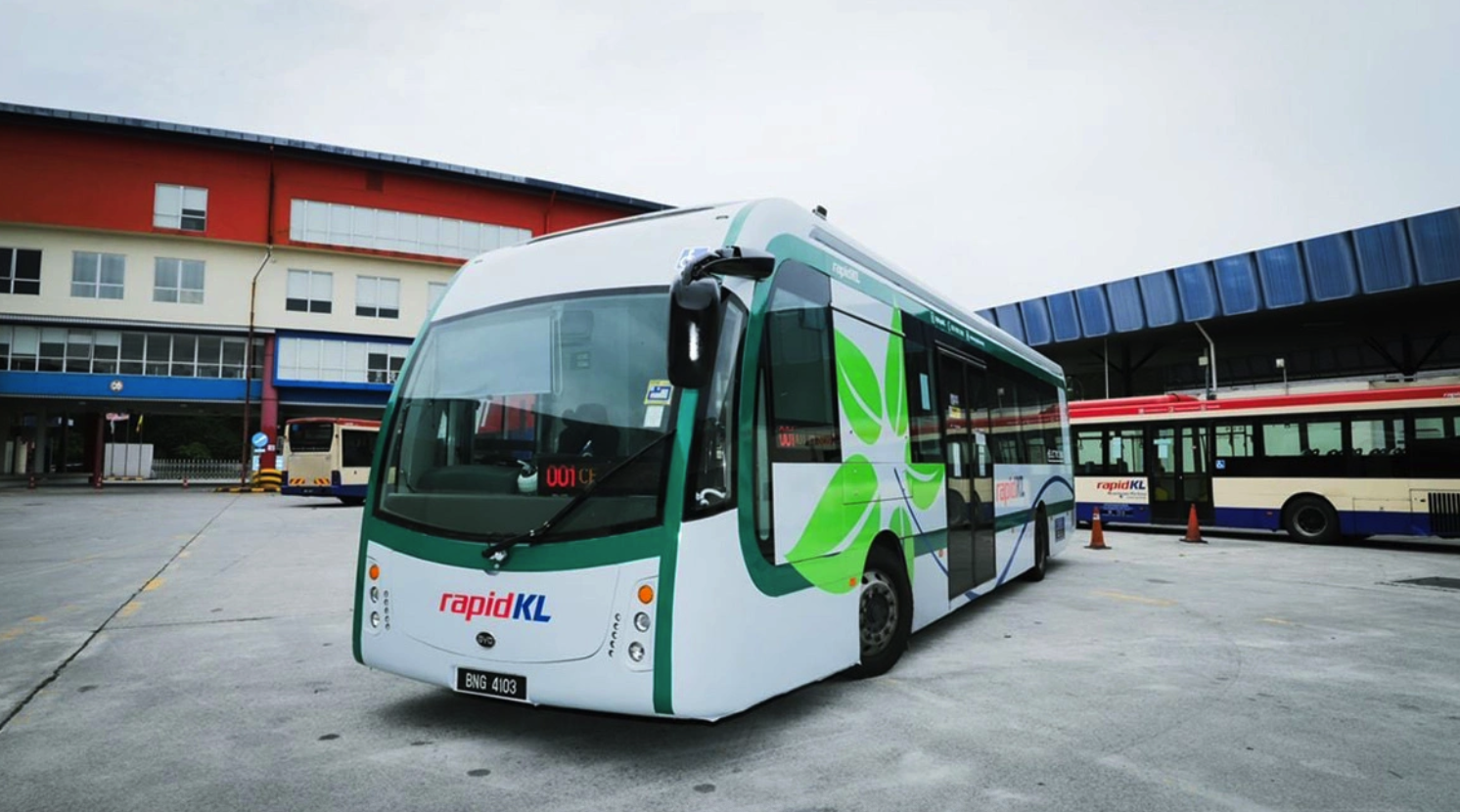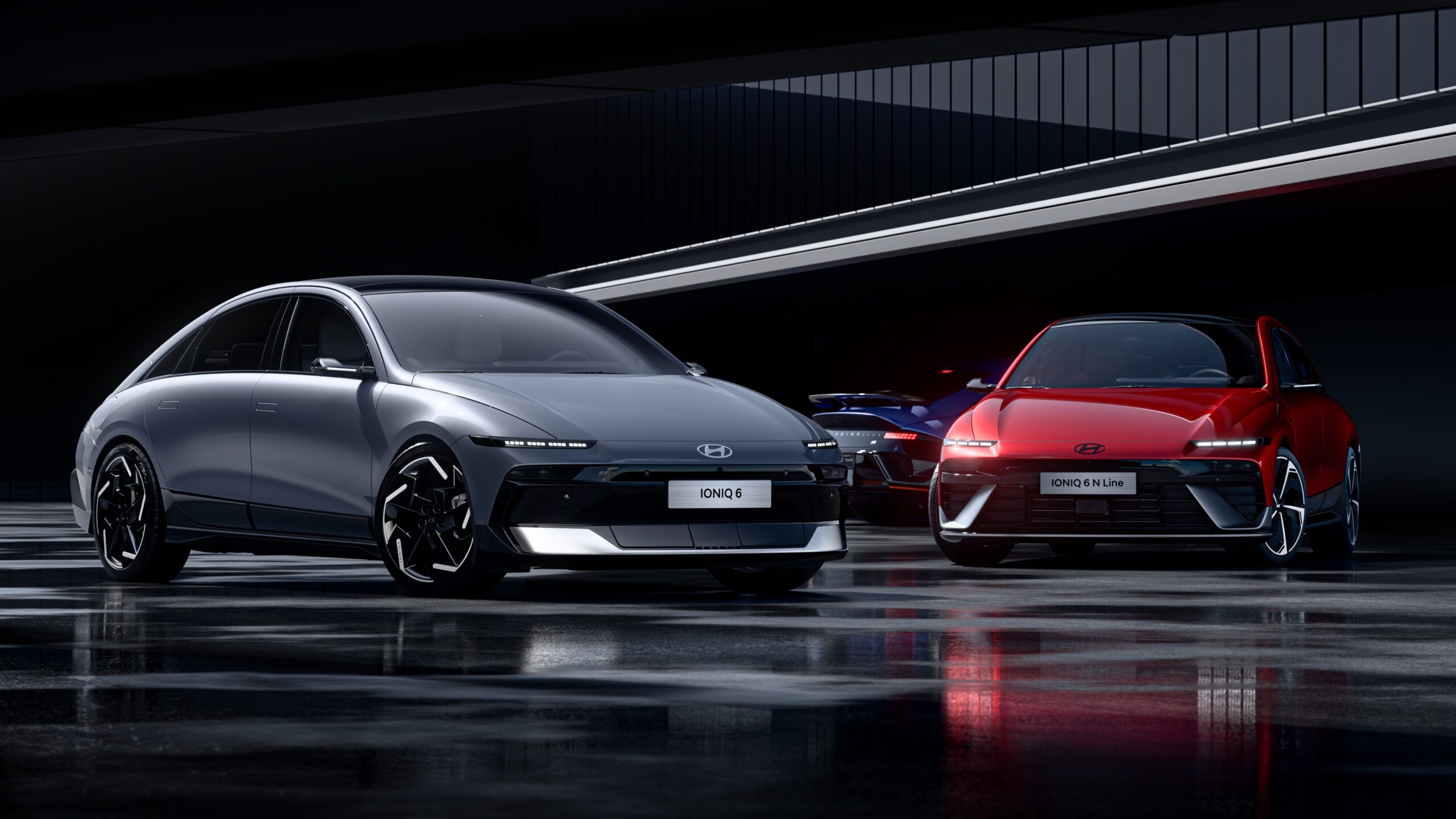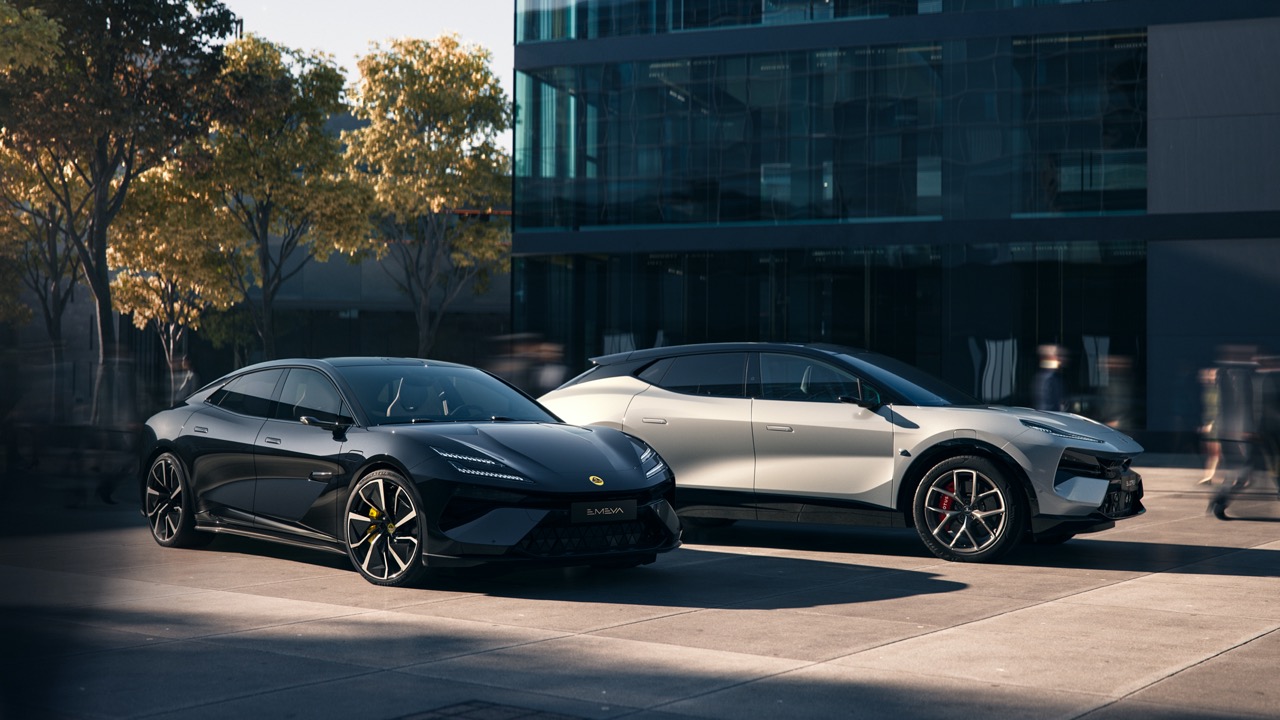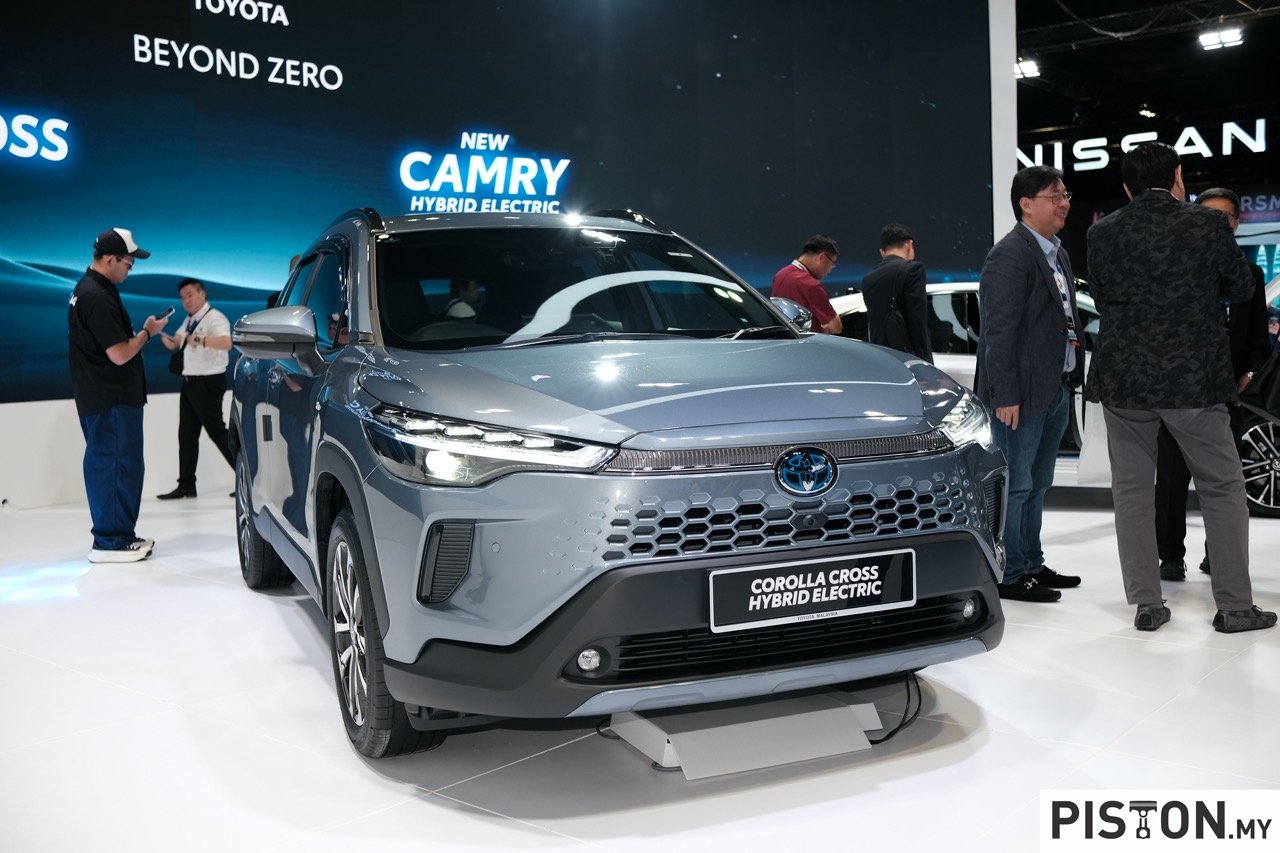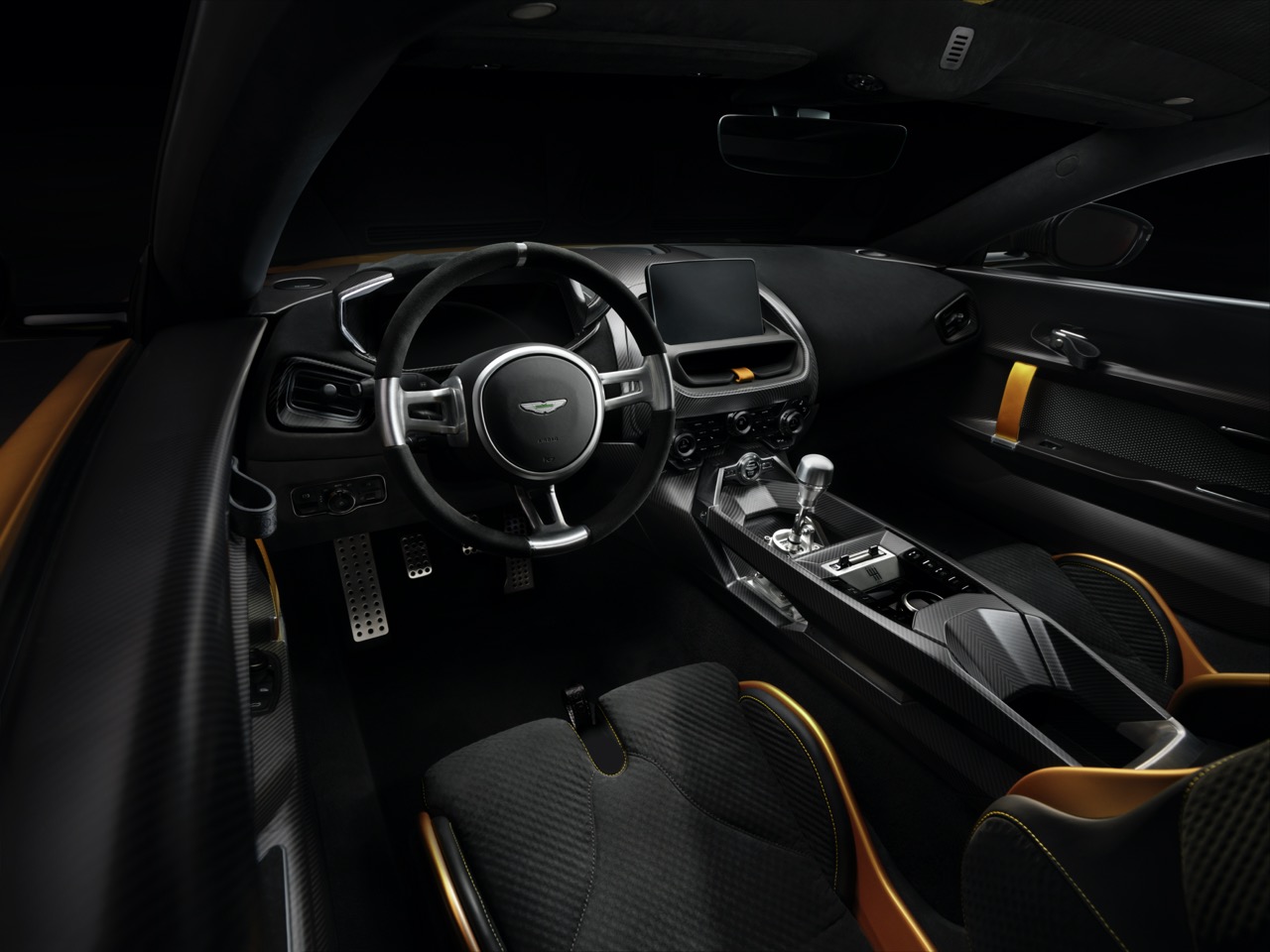When the Lexus NX was launched in 2014, it arrived at the right time when SUVs were progressively downsizing as customers preferred more compact models. The RX had been a huge success ever since it was launched in 1997 and pushed the premium luxury makes into offering SUVs as well but new niches below it were growing.
Having proven to have a successful formula, the Lexus designers have not tried to make major changes visually, retaining the looks of the first generation for this new one. However, under all the sheet metal, the engineering is new and as would be expected, the structure and platform utilize the Toyota’s New Global Architecture (TNGA), in this case, the GA-K platform. This has similarities to the latest Toyota RAV4 but Lexus engineers would also have added enhancements for the NX.
The new Lexus has increased dimensions all round, with 20 mm more overall length, 20 mm extra width and a wheelbase that is 30 mm longer. Virtually every aspect is said to be new and only about 5% of the entire SUV has parts that can be found in the model it replaces.
GA-K platform
The GA-K architecture and platform gave the engineers a lightweight, highly rigid body with a low centre of gravity that made it easier for them to achieve the superior handling that was a target. The basic performance of the vehicle has been greatly improved, and it has the ‘Lexus Driving Signature’ which is said to achieve a balance between linear steering feel and driving force in an SUV.
4 powertrains, including a PHEV
Depending on the market, there are up to four powertrains with front-wheel drive and all-wheel drive. The 4-cylinder combustion engines have 2.5-litre and 2.4-litre displacements, the latter with a turbocharger. The bigger engine is also part of two hybrid powertrains, one of which is the first plug-in (PHEV) hybrid for Lexus. While the brand has already gone further with an all-electric UX (the smaller SUV), it has so far been offering hybrids rather than PHEVs.
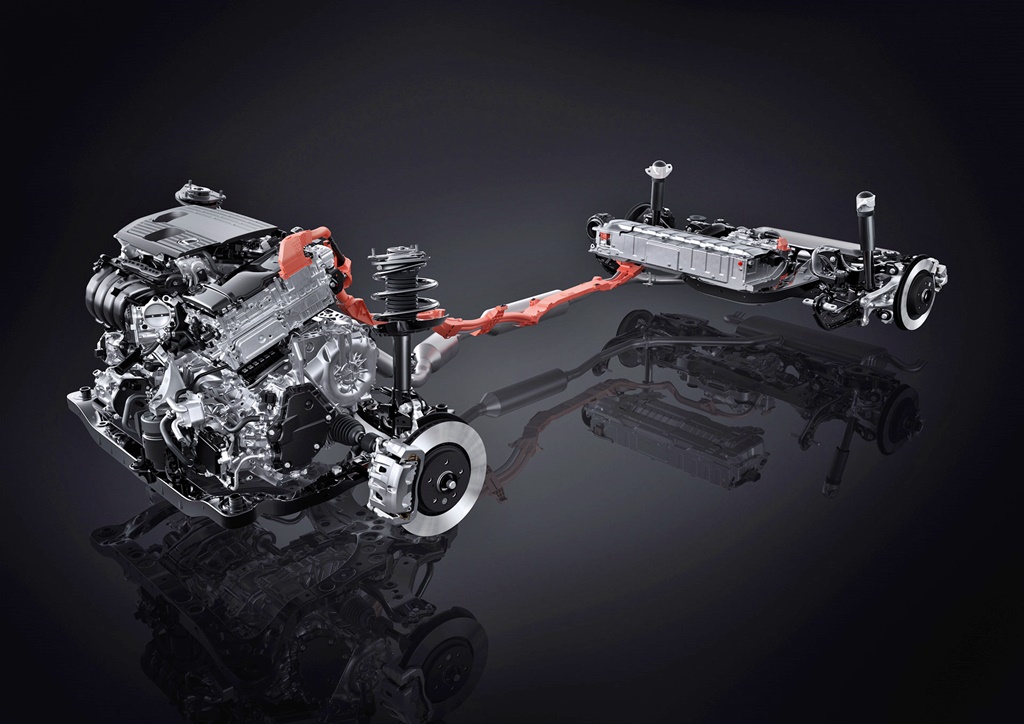
The NX PHEV is the big news and it comes with the E-FOUR AWD system with constantly variable front-to-rear torque distribution between 100:0 and 20:80 modes. Technical details are not available at this time although it is expected to be the most powerful NX variant that will be designated the NX 450h.
The hybrid versions are unlikely to be promoted strongly in Malaysia as, without any government incentives to offset their high price, they will be expensive. At this time, the government has mentioned having some sort of incentive program but some of its sounds like the one that was used the last time and brought prices of hybrid models down.
PHEV unlikely for Malaysia
So it is likely that Lexus Malaysia will focus on the combustion engine versions, and most likely that 2.4-litre turbocharged one (above) which has a new high-torque Direct Shift 8-speed automatic transmission and and a newly developed electronically-controlled full-time AWD system. There is also an F Sport version which could be the top version offered.
Tazuna Concept
The cabin has a cockpit design based on the Tazuna Concept, an interior concept first introduced in the LF-30 Electrified concept car in 2019. The word ‘tazuna’ is derived from the ‘reins’ used to control horses, and applied to the NX cockpit layout, it aims to give the driver stronger interaction with the vehicle.
The layout of the information system components leading from the Head-Up Display to the metters and to the centre display allows for smoother, less distracted eye movement while driving. In addition, the start button, shift lever, and drive mode select switch are placed around the steering wheel where they can be operated more naturally.
The ratio of the driver and passenger floor is designed to create the optimal space. For the interior colour scheme, a diverse colour line-up is offered, with the newly developed ‘3D Cutting Black’ theme. This is a geometric pattern that gradually becomes denser towards the rear to help enhance the sense of dynamism and advanced technology.
64 colours of interior illumination are used to accentuate the beauty of the interior shapes and materials, colouring the entire cockpit. 14 recommended colors are preset, these expressing the emotions and changes in feelings that occur when looking at beautiful natural phenomena. If a driver desires to freely select other colors, they can choose from 50 other colors in the color palette of the centre display, providing an atmosphere that better aligns with their mood.
Lexus also provides owners with a Digital Key which uses a special application on a compatible smartphone. This can lock, unlock, and start the engine without operating the screen anddDigital keys can be shared between smartphones, making it possible for family and friends to borrow and lend vehicles remotely.
Lexus Safety System+
The new NX has a more advanced Lexus Safety System+ with the existing features and functions enhanced for better and more intelligent performance. For example, the detection range of the millimetre-wave radar and monocular camera are expanded, while an advanced driving support technology provides safe, secure and smooth parking. Additionally, a new function has been added to allow remote parking using a smartphone.
Replacing the latch/unlatch mechanism of the doors with electrical control by switches (e-Latch) makes for smoother and effortless operation. This complements the Safe Exit Assist (SEA) system which is linked to the Blind Spot Monitor (BSM) sensor and e-latch system. When exiting the vehicle, the system uses the sensors of the BSM to detect vehicles approaching from behind, including bicycles. If the system determines that there is a possibility of a collision with an open door or an alighting occupant, the indicator in the outer mirror will light up to alert the driver.
In addition, if the driver tries to open the door, the system cancels the door opening in cooperation with the e-latch system. This world-first system notifies the occupants with a buzzer, flashing indicator in the outer mirror, display on the meter, and voice notification.





